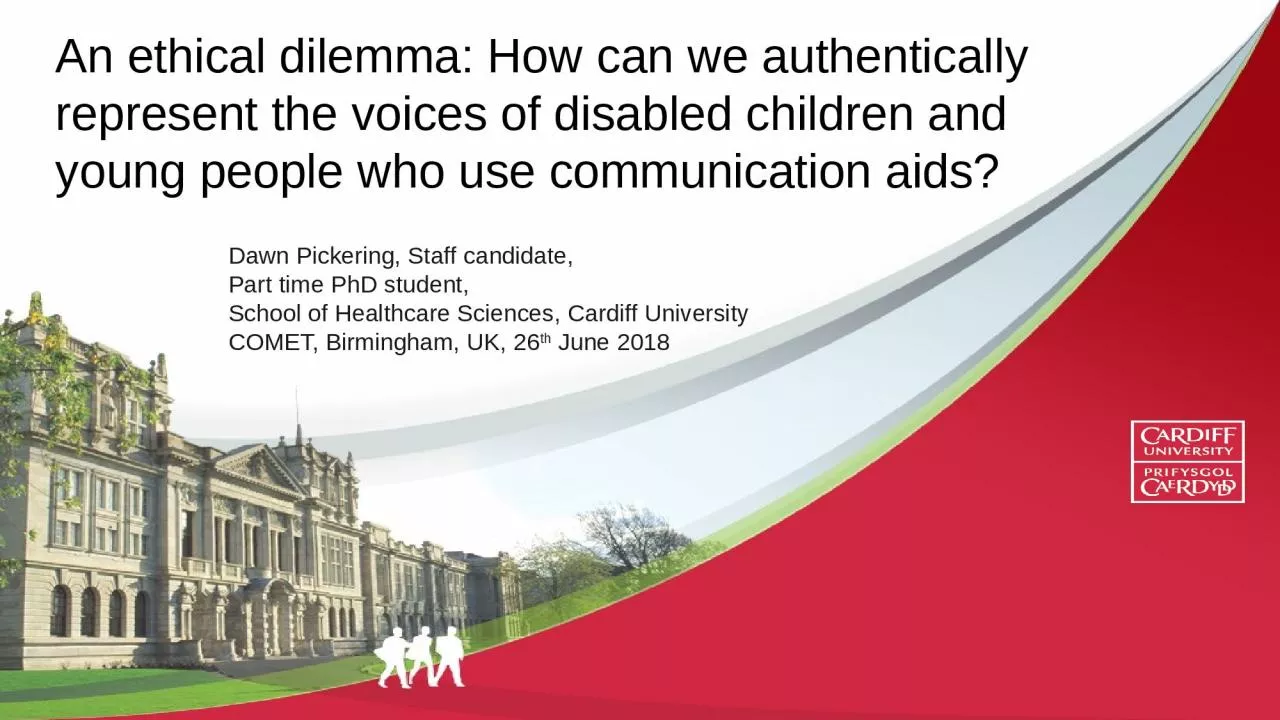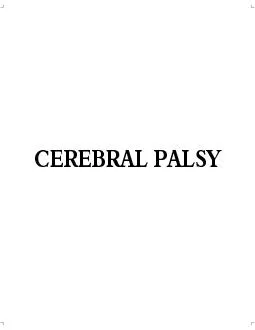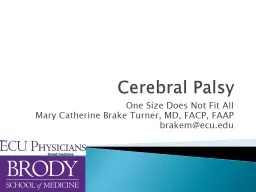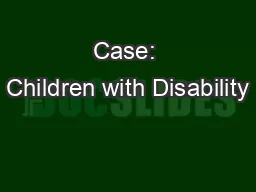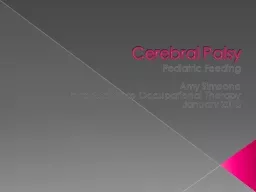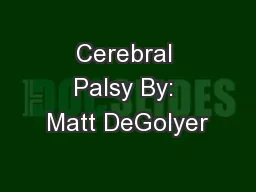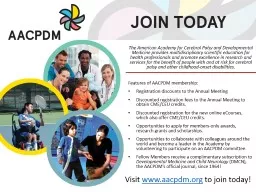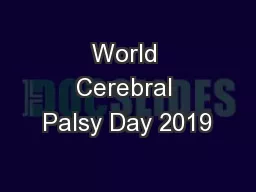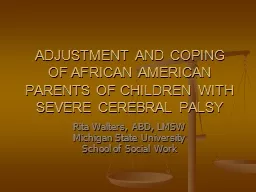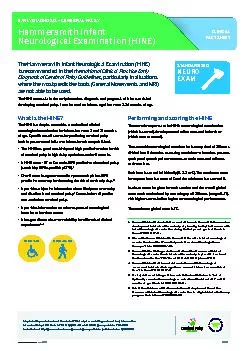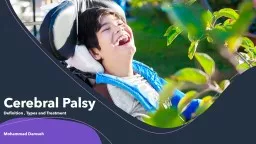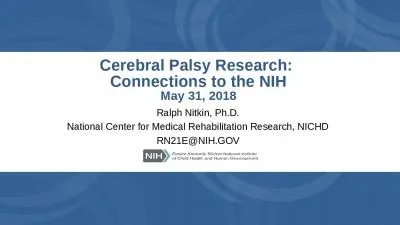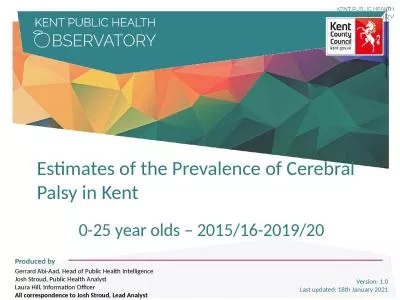PPT-“Voices” from children and young people with cerebral palsy about participation in
Author : SugaryDreams | Published Date : 2022-07-28
An ethical dilemma How can we authentically represent the voices of disabled children and young people who use communication aids Dawn Pickering Staff candidate
Presentation Embed Code
Download Presentation
Download Presentation The PPT/PDF document "“Voices” from children and young peo..." is the property of its rightful owner. Permission is granted to download and print the materials on this website for personal, non-commercial use only, and to display it on your personal computer provided you do not modify the materials and that you retain all copyright notices contained in the materials. By downloading content from our website, you accept the terms of this agreement.
“Voices” from children and young people with cerebral palsy about participation in: Transcript
Download Rules Of Document
"“Voices” from children and young people with cerebral palsy about participation in"The content belongs to its owner. You may download and print it for personal use, without modification, and keep all copyright notices. By downloading, you agree to these terms.
Related Documents

